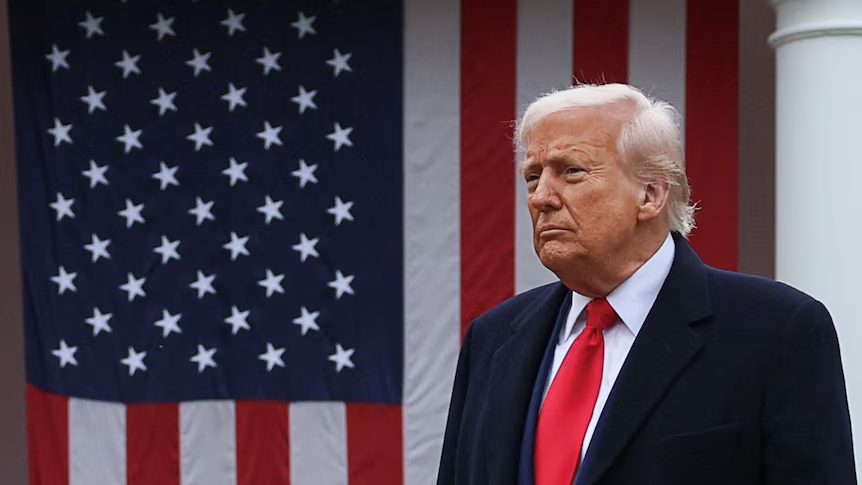U.S. President Donald Trump reduced new tariffs to a flat 10% for 90 days, pausing a sweeping tariff plan targeting nearly 90 nations. Treasury Secretary Scott Bessent described the decision as Trump’s strategy “all along.” However, tariffs on Chinese imports surged to 125% after Beijing raised its own tariffs on U.S. goods to 84% starting April 10.
Wall Street Records Historic One-Day Gains
Markets surged after the tariff pause. The S&P 500 jumped 9.52%, marking its largest one-day gain since 2008 and the third-largest increase since World War II. The Dow Jones Industrial Average rose 7.87%, its biggest gain since March 2020. The Nasdaq Composite climbed 12.16%, its strongest single-day performance since January 2001 and second-best ever.
Heaviest Trading Day in Wall Street History
Roughly 30 billion shares were traded on Wednesday, the highest volume recorded in 18 years. Market optimism fueled the dramatic rally, but analysts warn that such surges often occur during long-term downturns and may not indicate sustained recovery.
Analysts Caution Against Euphoria Amid Uncertainty
Despite the surge, market watchers remained cautious. CNBC’s Ari Levy compared the rally to past “dead-cat bounces” during financial crises. The Nasdaq’s previous record was set amid the dot-com crash, and two of its best days occurred during the 2008 crisis.
Asian Markets Track U.S. Rally, Tech Stocks Climb
Markets in the Asia-Pacific region followed Wall Street’s lead. Japan’s Nikkei 225 gained over 8%, and South Korea’s Kospi rose more than 6%, lifted by strong performances from tech firms including SK Hynix, Samsung Electronics, Renesas Electronics, and SoftBank Group. Hong Kong-listed shares rose more modestly, weighed down by escalating U.S.-China trade tensions.
China’s Economy Shows Signs of Deflation
China’s consumer price index dropped 0.1% in March from the previous year, extending its deflationary trend after February’s 0.7% decline. Producer prices also fell 2.5%, marking the 29th consecutive monthly decline, based on National Statistics Bureau data.
Goldman Sachs Revises Recession Forecast After Policy Shift
Goldman Sachs initially raised its U.S. recession forecast just before Trump’s tariff announcement, predicting an economic contraction. The bank later reversed the prediction, citing changes in U.S. trade policy. Chief economist Jan Hatzius updated the outlook in response to the administration’s latest move.
PHOTO: REUTERS/LEAH MILLIS
This article was created with AI assistance.
Read More






 Thursday, 27-11-25
Thursday, 27-11-25







